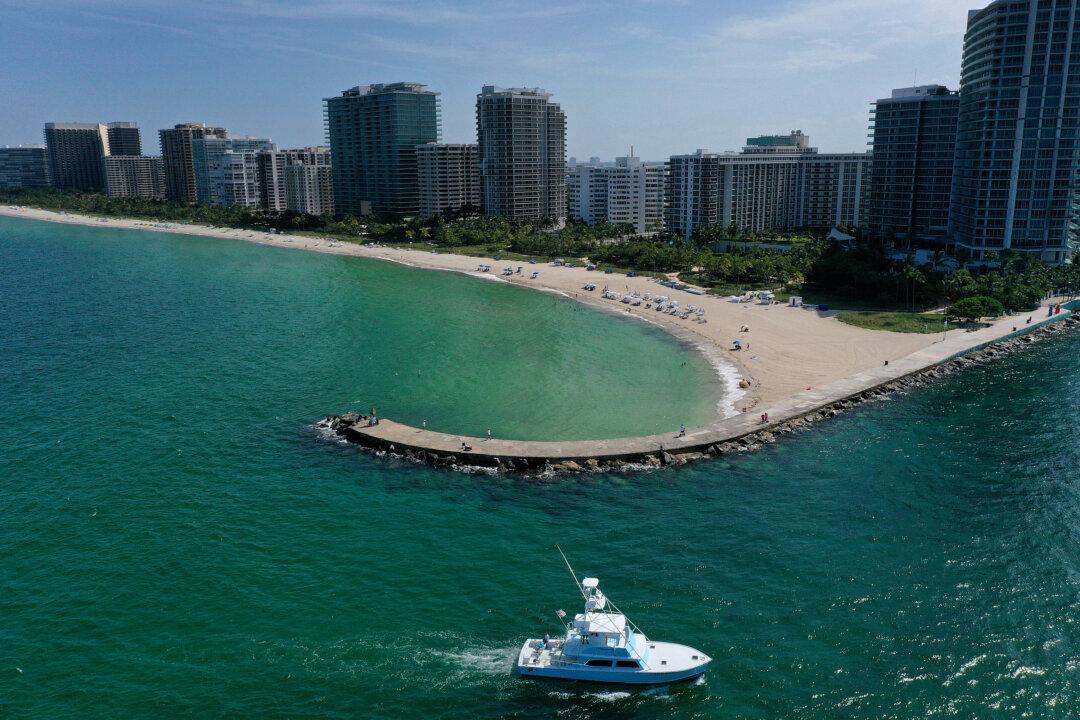Commentary
Famous for its white-sand beaches and spring break mayhem, Miami is gradually raising its profile as a global magnet for wealth and commerce.

Famous for its white-sand beaches and spring break mayhem, Miami is gradually raising its profile as a global magnet for wealth and commerce.